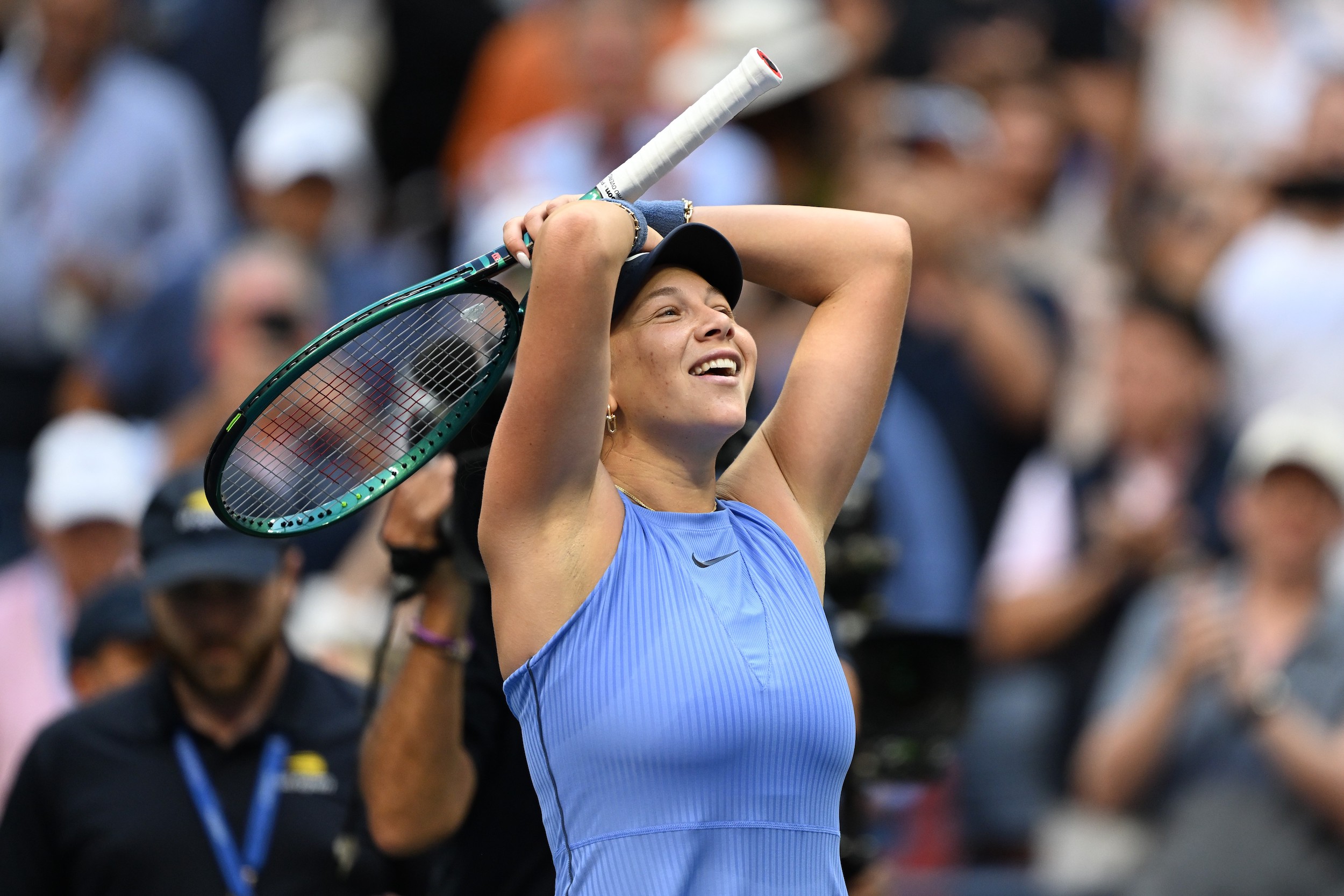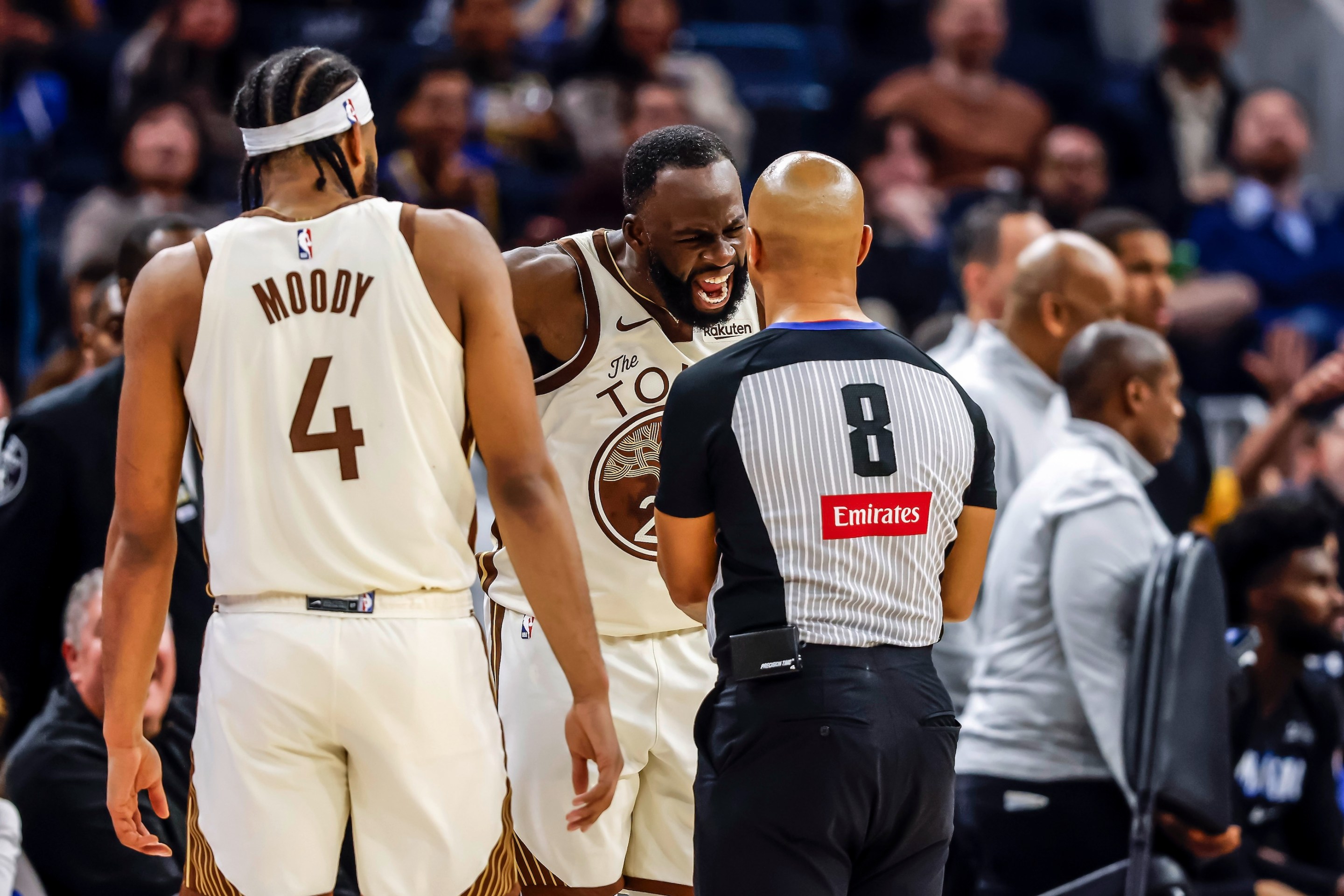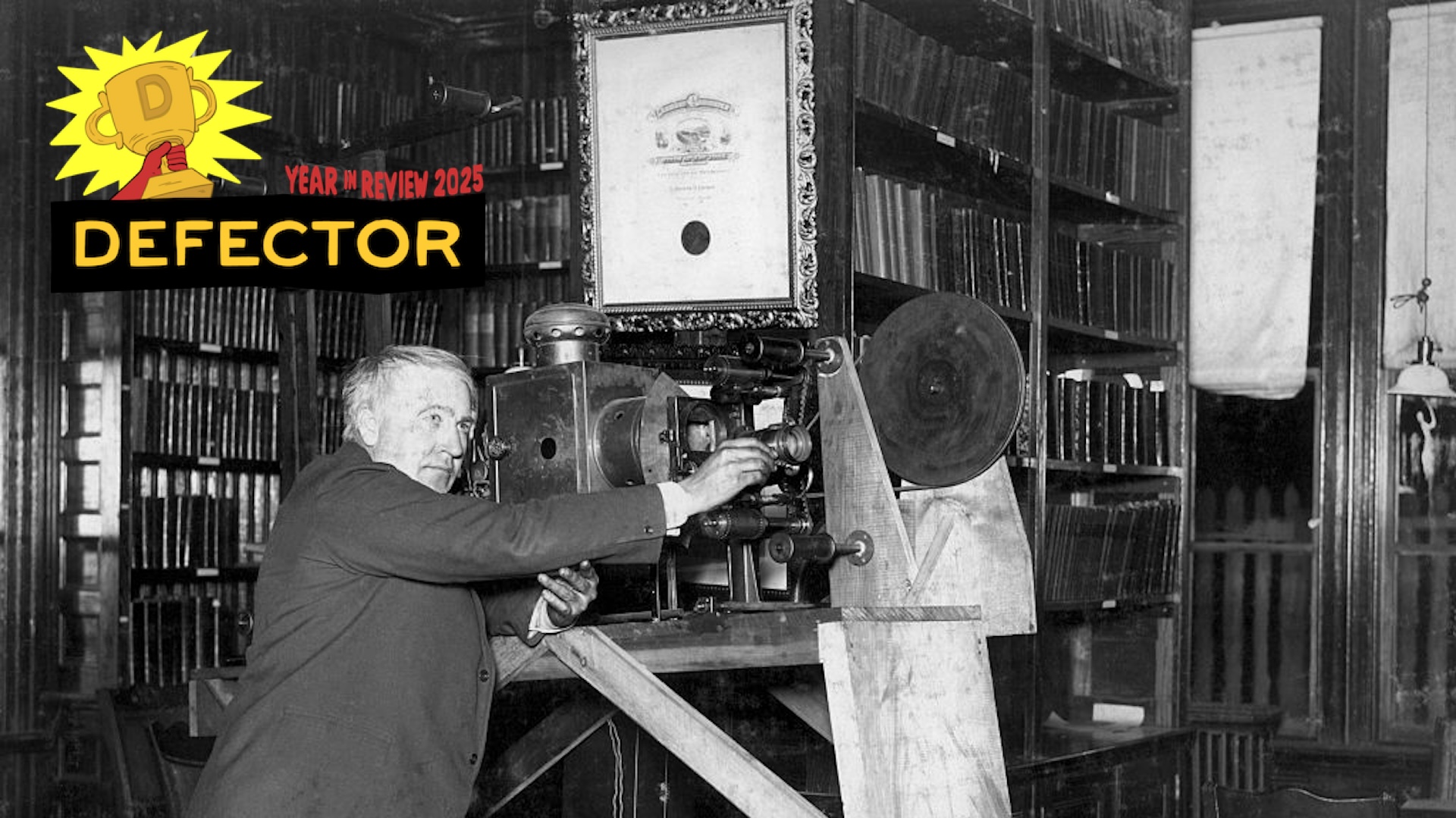In one of the least competitive major finals in tennis history, Amanda Anisimova got squashed by Iga Swiatek at Wimbledon this July. It was a stark 6-0, 6-0, the dust settling in just 57 minutes. There wasn't much to take away from it. "I don't think it helped me become a better player in any way. It wasn't a good performance by any means," Anisimova said earlier this week, looking ahead of their rematch in the U.S. Open quarterfinals on Wednesday. "Bouncing back from that actually was, you know, a little bit difficult, because that never happened to me before. But ... I have moved on from that at this point."
It's one thing to profess that you've moved on. It's another to actually demonstrate it on court, against Swiatek, who followed up Wimbledon with another title in Cincinnati and entered the U.S. Open as the No. 2 seed, creeping back toward the top ranking she'd previously held for 125 weeks. Swiatek is not an easy foe to move on from. Her style of tennis—a heavy ball, backed up by the smoothest footwork on tour, and unshakeable focus—can totally marginalize opponents. She's infamous for her routs, and Anisimova just happened to be her most high-profile victim. Anisimova had never played a major final until that one; she'd also never lost a professional match without winning even a single game. She cheered loudly after winning that first game and getting on the scoreboard on Wednesday; she smiled after having defeated Swiatek, 6-4, 6-3.
While Anisimova isn't so gifted at lateral movement, she compensates by being one of most terrifying ball-strikers on the tour, particularly on the backhand side. So long as she can get within range of the ball, she's guaranteed to incur some real damage. Swiatek couldn't manage to move her around quite enough to really exploit this advantage, and Anisimova lined up to deliver her pristine, linear strikes. The average rally length was unusually low, less than four balls—I'd tell you exactly how low if previously robust match stats hadn't been replaced by a useless chatbot. Anisimova had the initiative. At 5-foot-11, she's quite tall for the tour; on this hard court, a high Swiatek bounce that might trouble shorter players appeared to land smoothly in the Anisimova strike zone. The match ended on one of the more consequential net cords I can recall ever seeing: a ball barely dribbled over to Swiatek's side. She sprinted forward to try and keep her chances alive, missed, gestured in frustration, and realized she had pretty much run all the way to Anisimova to execute the post-match hug.
In press afterward, Anisimova said that she rewatched the Wimbledon blowout the night before this rematch, even though no one told her to. "Slow as hell," was her diagnosis of her play. "It happens," she said. "I'm a human, and some people just freeze sometimes. I was also exhausted. I was really fatigued into those last days of the tournament." Afterward, she watched some good highlights to "remove that from my brain."
On Wednesday, you couldn't detect the faintest traces of that match lingering in Anisimova's brain. She had already beaten Aryna Sabalenka at Wimbledon, and now there's a new model for her to follow against Swiatek, the other dominant player on the WTA. This matchup, which had never played out on hard courts until now, is a lot richer than it appeared in July. Anisimova's semifinal match Thursday evening should be a shootout against an opponent with a similar style: a seemingly rejuvenated Naomi Osaka.
Correction (Sept. 5, 10:03 a.m. ET): This article has been amended to accurately reflect Anisimova's reaction after beating Swiatek at the U.S. Open.







